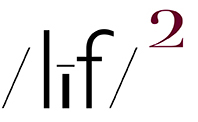FYI, EVEN THOUGH I HAVE MY LAPTOP WITH ME, I am creating this entry on my iPad using the Squarespace app. Trying to see if I can go all mobile device and be happy with the results. Even the images files were processed on the iPad (Snapseed).
Best as I can tell, the contrarian in me is instigating me to do this “experiment” just so I am able to demonstrate to the commontaria ignoramicus that it is possible-in fact, if you know what you are doing, deceptively easy-to make good photographs with the simple-ist of gear and processing tools.
Of course, the preceding statement is dependent upon one’s understanding of what constitutes a good photograph. An understanding of “good” which most of the ignoramicus class confuse with things like max DR, max resolution, max color depth, max sensor size, the best glass, et al, as opposed to the tool that produces the best picture making results - the tool that, as Sir Ansel opined, is 12 inches behind the camera. I.E., the brain (+soul/heart) in which resides a picture maker’s vision.
To be certain, I would never suggest that anyone should chuck all the fancy stuff out the car at at 100 mph. However, I might suggest to someone just starting down the picture making trail that, as a variation on the OCOY practice, he/she use a mobile phone based “camera” and a simple mobile device based processing app as their tools for a year cuz…
…if one can not make a good picture with those simple tools, all the of “best” gear and processing tools will not get ya there.
